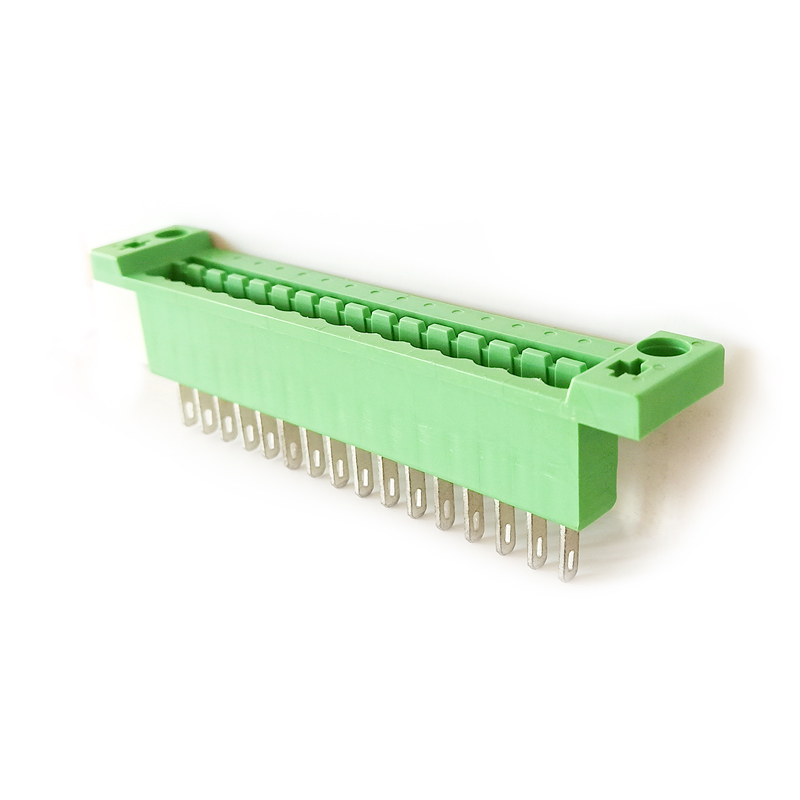In the past, companies investing in physical servers and devices that run development software are acceptable and expected. If you are a technology startup, you probably need to provide a lot of physical equipment to do business. Enterprises not only provide machines, but also consider the installation and deployment of data center space, power systems, cooling systems, and other maintenance and other potential costs.
Today, as people's culture shifts toward a digitally friendly culture, the cost of running servers grows as Internet traffic increases. And if you compare directly, the cloud hosting server's hosting costs may cut hosting costs by nearly 80%, while the monthly normal operating rate is still 98% or higher.
With the full establishment of services, in order to eliminate the traditional hosting costs of application development on a wide range of platforms, understanding its strengths, weaknesses, definitions, and difficulties is critical for companies of any size who are committed to lowering Spend and get a higher profit.
Cloud computing platform service
By simply moving application routing information to a set of IP addresses that may be unknown, applications that develop cloud computing may require significantly different approaches when considering how to build programs in a world of variables that were not previously considered. On the other hand, the convenience of moving traditional server stress and growth issues from physical location to hosting companies often outweighs the potential for this process.
To better understand the evolution of the IT world, you need to understand the expertise of three key components in cloud-based application development.
(1) Software as a Service (SaaS)
The most important stage of development in the pyramid is the SaaS model, which focuses on using existing applications instead of developing custom models for other applications. Any service that logs into the system using an instance of an external system (such as a Facebook application connection or a Gravatar system) is an example of SaaS. By connecting services together rather than custom coding from scratch, development time and costs can be reduced, but developers are often limited by the limitations of these existing applications and their tools.
(2) Platform as a Service (PaaS)
Providing a middle ground between customization and ease of use, PaaS services like Microsoft Azure and Amazon Web Services are developed using a middleware platform. The host is then forwarded to the managed service of the middleware.
These tools remove some of the de novo process required to provide a toolkit to streamline the process, making it an attractive option to save time and effort.
(3) Infrastructure as a Service (IaaS)
For those who customize at any cost, IaaS services require developers to create their own applications through the enterprise platform and then move them to cloud-based service hosting with fewer shortcuts, but the final product The ultimate control belongs to the creator, who provides his own set of advantages and disadvantages.
Middleware: can be adjusted and more refined
While it seems that the only immediate benefit of the middleware development platform may be the speed of creating applications, but the ability to tweak, extend, and test applications that are designed to handle real-world stress loads, dynamically providing developer insight into potential Real-world scenarios may not occur outside of cloud-based services due to maintenance costs.
Attempts to resolve the details of deploying to cloud-based services in the case of IaaS may be more difficult than simple development within the initial PaaS range.
Moreover, most of these platforms can use one or more traditional programming languages, be they Python, Django, Javascript, SQL, or any other language. For example, the convenience of deploying Django apps to Amazon is powerful enough, even with the sample applications they provide, allowing developers to integrate into the process and mix Python and Django.
So while these options can help people focus on their work and bear some of the cost burden, if the company considers moving between platforms in the future, consider the scope of work of the existing system and take it into account. Understanding the limitations of selected hosts, including the potential for network security vulnerabilities and the cost of expanding storage requirements, is another important step in developing a business process.
By investing in the middleware platform to avoid some of the early development pitfalls, thereby reducing the burden on the enterprise, it is becoming an important part of the infrastructure plan between various development methods and requirements. You can do more work without worrying about scaling and testing without having to worry about reconfiguring your workspace.
The composite terminal is a typical representative of the connector (CONNECTOR), which is composed of a plug (female) and a socket (male) to realize the connection function. For the transfer of voltage, current and signal, this series is characterized by safe, reliable and stable contact, and is mainly used in electric power, communication, industrial control and other industries.

composite terminal block,component terminal block,composite terminal block adapter
Sichuan Xinlian electronic science and technology Company , https://www.sztmlchs.com
